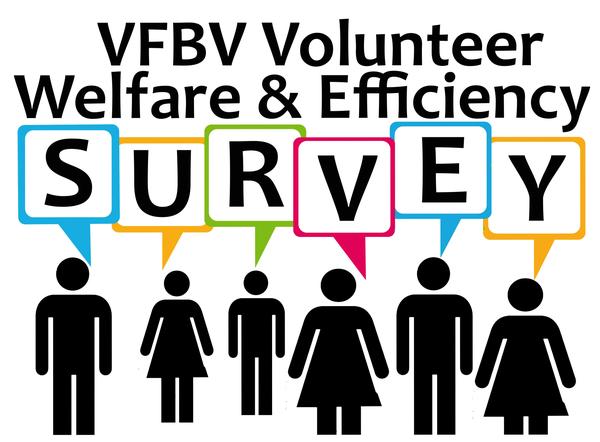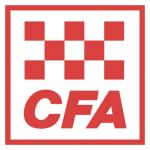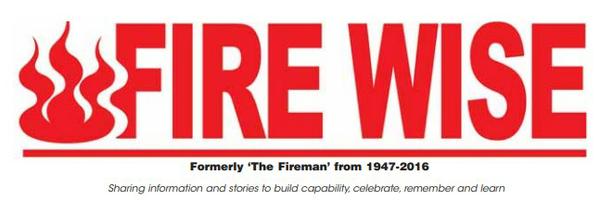Starting a New Year is often a chance to reflect on the old and look towards the new with optimism. And while there’s nothing wrong
with that of course, pragmatism calls on us to be a little more realistic with our expectations. While I still harbour eternal hope and can see the magnificent potential of what can be achieved, I am tempered by the current political realities.
So, when setting my expectations for the year ahead, I draw from a quote of the social justice and civil rights activist, Martin Luther King Jr. who said: “If you can’t fly, then run. If you can’t run,
then walk. If you can’t walk, then crawl. If you can’t crawl, then just move inch by inch in another direction.”
For me this demonstrates the power of continuing to put one foot in front of the other, knowing each step is another step closer as we continue our push for fair and equitable funding.
And while we have made some great recent progress, we must stay focussed on our most pressing
challenges such as the inequitable CFA budget, ageing CFA fleet and fixing the ridiculous secondment arrangements that are holding us back. While the recent truck funding is a great start – it is still only about a quarter of what we need to start making a dent in the fleet that has been long neglected. With more than 700 single cab tankers and ageing trucks, it will take some serious investment to catch up.
The hope of purposeful changes with a
new Premier and new cabinet have not materialised. Perhaps expecting great courage from today’s political leaders was too much to hope. But as I have said all along, they will either be part of the solution or consigned to history as part of the problem.
VFBV continues to draw attention to the complete inequity of CFA’s budget, and the government’s prolonged attack on CFA’s resourcing and support. We have continued to track the government’s
investments in CFA over the last five years, and have found despite increased costs and high inflation, government has invested less and less in CFA’s base funding year after year.
Lining up the last five CFA annual reports clearly shows the drop in government grants towards CFA funding over successive years, despite what government’s media releases state. In 2020, prior to the government’s fire services reforms, the total income to CFA from
government grants was $807 million. Following reform, the total in 2021 was cut to $351M, a drop of more than $455M. Now let’s put the last five audited financial statements side by side:
2019/20: $807M
2020/21: $351M
2021/22: $347M
2022/23: $341M
2023/24: $339M
The current financial year as tabled by the Minister at the public accounts and estimates committee is $337M. Note the little comment denoted with an * in the tabled document stating this figure is inclusive of the money
given to the Department and EMV.
The trend and pattern are unmistakable. At a time when fire seasons are getting longer, more intense and high-risk days are becoming more frequent – the government is actually defunding CFA and investing less and less. This is like reducing your insurance as the rate of theft increases. In the most fire prone place on earth – it’s just madness.
And those figures are just
the headline figures. What is hidden is the murky smoke and mirror games that are being played by pretending to invest in CFA, while in fact they are diverting those funds to other agencies or government bodies.
Further analysis has revealed the tens of millions of dollars being siphoned from CFA’s budget to be diverted to public service bodies and departments, effectively representing a further cut to CFA’s budget. Each year, the Department of
Justice and Community Safety withhold a portion of CFA’s budget for its own purposes. Back in 2014, this amounted to just $10M.
However, in recent years the amount being siphoned away has sharply increased, masking the real cuts being made to CFA’s base funding. For example, the amounts withheld over the past four years alone is:
2021/22: $27.6M
2022/23: $34.9M
2023/24: $46.2M
2024/25: $67.3M
When these figures were first revealed, department officials issued blanket denials, and then ultimately settled on a statement that stated that “every
dollar of these quarantined amounts is spent on CFA – directly benefiting the CFA and its volunteers.” The statement then went on to claim that really this was just an efficiency arrangement where one government department paid the bill for equipment delivered to CFA for things like radios.
Far from “every dollar” being spent on CFA, a VFBV freedom of information request into the last five years of these withheld grants uncovers explicit detail
that refutes this assertion.
For example, over the last five years funding sent to EMV separate to the operational communications program reached $12M a year. Funding was also diverted for example to the “Inspector General Emergency Management Services” which reached $1.8M last year. These are just two examples of this funding directly funding public service bureaucracies and is a far stretch from paying for vital CFA
“equipment”.
Which leads us to the Fire Services Property Levy. To be clear, Section 76 of the CFA Act stipulates that Government contributions to CFA are to be sourced from 22.5% from consolidated revenue, and 77.5% from the fire services property levy. No one disputes this is the funding formulae, but it has been thrown up to try and confuse people how much of the total levies collected are actually going towards funding
CFA.
On two separate occasions, Treasurer Tim Pallas has confirmed to Parliament that only 25% of the total collected fire services levy revenue actually go towards CFA, with the remaining 75% going to FRV. The Treasurer confirmed this figure to questions on notice on the 22nd August, and again on the 19th September 2024.
The reason this is such a big deal is due to how the levies are aggregated
across the different property types. One must remember that prior to its reforms, it was the Andrews Government that altered the Fire Service Property Levy in 2020 and dropped the differential rates. Under the old system, an area covered by CFA would pay the levy required to fund CFA, and the areas covered by FRV paid the contribution to FRV. Thus, after reform, when CFA’s budget was slashed by $455 million – these savings would have been directly passed onto all residents residing in a CFA area
through a reduced levy. Under the new system however, FRV’s huge cash injections relies on people in CFA areas to send 75% of their levy funds to fund FRV.
This effectively means rural areas are cross subsidising the cost over runs of FRV. These were the cost overruns our own Emergency Services Minister the late Hon. Jane Garrett passionately warned about and resigned over. Despite only operating 85 fire stations across Victoria, funding required
to fund FRV last year reached a record $1.07 billion. It probably does not make much of a difference to a resident sitting in Melbourne who pays just $204 a year under the current levy. However, it makes a huge difference to a primary producer who is paying an average of $2,500 a year in levies, for a service many of them volunteer to provide in the first place. This is set to increase to almost $7,000 under the new hikes just announced. These are the people growing our food! For farmers to be
paying thousands in levies, with only 25% of those funds actually going to the service that protects them is the modern equivalent of highway robbery.
All the while they house some of the oldest trucks in the nation. For regional and rural residents to be cross subsiding city services is just grossly inequitable and is a slap in the face to regional communities. And for property owners to be slapped with another tax increase during a cost of
living crisis just compounds the problem.
Just weeks ago, the Government announced another hike and that the Fire Services Property Levy will be rebadged to be called the “Emergency Services and Volunteers Fund.”
The new levy will not only fund CFA and FRV, but for the first time will also fund VicSES, Triple Zero Victoria, the State Control Centre, EMV, Emergency Recovery Victoria and Forest Fire Management Victoria.
The new levy will increase from $1.033 billion this financial year to $1.649 billion in the next financial year. So, from this extra $600+ million, how much do volunteers stand to get in extra funding you ask?
The Budget update papers released by the Treasurer on 13th December, provided a cold answer. Of the additional revenue to be collected, only $50 million was set aside in output initiatives for “Supporting our emergency services and volunteers”. This equates to
just 8% of the increased revenue. The exemption for SES and CFA volunteers has been costed at $6M per year, and the budget papers assume will not even be in place until 2026. This $6M exemption is put into stark reality when you consider there are already $31M of other exemptions in place for existing pensioners, single farm enterprises and veteran gold card holders.
So why does the new name refer to it as a Volunteer
Fund?
Well one can only assume it is the same cynical ploy that named the controversial reforms as the “Firefighters’ Presumptive Rights Compensation and Fire Services Legislation Amendment (Reform) Act 2019.” Just as this name traded on sick firefighters to hide its true intent, the name of the new property levy now seeks to trade on the good name of volunteers, hoping the public swallow a massive tax hike.
VFBV will be opposing volunteers being slighted by tying the name of the new levy to volunteers’ good name. As a member said to me recently, its like they pat us on the head with one hand and poke us in the eye with the other.
We are also expecting further consultation on the proposed exemption, that will exempt a volunteer’s primary residence. Given the broad diversity of views that is likely to be among volunteers, we
are demanding that sufficient time be provided that will allow genuine consultation on how the exemption will work. Government has confirmed from the outset that the exemption will be optional, so volunteers may choose whether to apply or not. We do not yet have any information on how renters may be treated, or the other details of how the exemption would work. We will engage broadly and seek your views as soon as preliminary details are known.
With a busy year ahead, and an even busier one predicted on our fire grounds over summer, we will need to look out for one another. For those called away during the Christmas and New Year break – thank-you. For the partners and loved ones who filled the gaps your absences made at home – we give our sincere thanks also. Stay safe, and please look after yourselves and one another.







